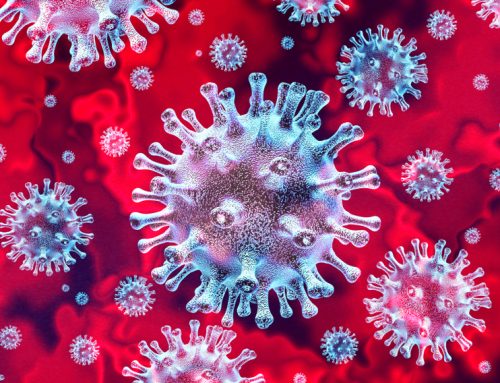For the month of April we are offering, in conjunction with Bohringer-Ingellheim, free ACTH testing for your horses and ponies! Yay! Free!… but wait… what is ACTH? Why should I test it? What is Equine Cushings? If you’re asking yourself these questions, read on to find out.
What is Equine Cushings?
Equine Cushings goes by many names, most accurately Pituitary Pars Intermedia Dysfunction (PPID). It is one of the most common endocrine (hormonal) diseases that we see in horses. It is important not to confuse equine Cushings with Human and Canine Cushings, which are different, so we’ll call it PPID in the rest of the blog.
PPID is mostly seen in older horses (>15 years), but often the disease is present earlier without clinical signs. It is a disease of the pituitary gland and the hypothalamus, which are sections of the equine brain that control hormone release. In PPID horses lose control of this hormone production, in particular dopamine. This in turn leads to a hormone imbalance affecting the rest of the body. Below is a little equation if you are interested in the specifics:
Hypothalamus ↓ dopamine → Pituitary gland ↑↑ hormones (eg. ACTH, ß-endorphins) → ↑ cortisol
Clinical Signs
These are varied and are caused by abnormally high cortisol. Often these signs aren’t seen until later.
- Abnormal hair coat: long curly hair (hirsutism) is the classic signs but may also be changes in shedding patterns or patchy hairloss.
- This occurs in almost all horses with PPID, but doesn’t become obvious til later in disease.
- Laminitis: Another common sign, this is a very painful condition affecting the feet.
- a large percentage of pasture laminitis is due to PPID or other hormonal disease
- Abnormal Fat:
- bulging above eyes
- weight loss
- pot belly
- Excessive sweating
- Increased drinking and urination
- Lethargy
- Recurring infections: eg dental or respiratory
Diagnosis
Often clinical signs alone will give a strong suspicion of PPID. However to confirm disease or for those horses with vague clinical signs we can do endocrine testing.
The test of choice is a baseline ACTH test. This is a single blood test which measures ACTH, one of the hormones that becomes abnormally high with PPID. The most accurate time of year to test horses suspected to have PPID is autumn, due to natural changes in circulating hormones.
For all of April we are doing free testing of ACTH. So if your horse or pony is showing any of the clinical signs listed now is the best time to get tested.
Call 99643671 to arrange to have one of our friendly equine team come and test your horse.








Leave A Comment